By Cierra Kaler-Jones
In 2013, Congressional leaders unveiled a statue of Mrs. Rosa Parks in the U.S. Capitol to honor her legacy. The statue presents her sitting down, holding her purse tightly — an embodiment of the oft-shared dominant narrative that she was tired so she sat down on the bus. The same day members of Congress gathered to celebrate the statue, the Supreme Court heard arguments challenging provisions of the 1965 Voting Rights Act in Shelby County v. Holder. The overturning of this ruling has threatened the organizing Rosa Parks did to ensure racial justice and voting rights.
Time and time again, we’ve seen how Rosa Parks’s story has been co-opted and confined to one moment on the bus. But history tells us otherwise. In The Rebellious Life of Mrs. Rosa Parks, there are stories that detail how Rosa Parks worked alongside her husband, Raymond, to free and defend the Scottsboro Boys, how she sought justice for sexual assault cases like that of Recy Taylor, and how she participated in anti-apartheid protests. When we look at the truth about Rosa Parks’s life, we see the story of a lifelong activist, organizer, and militant. Yet, the ways she has been memorialized tend to leave out the full story in favor of a sanitized version that upholds a myth of passive resistance.
Through this lesson, students will explore the question: How should Rosa Parks be remembered?
Essential questions
What stories are communicated through visual literacy (e.g. photos, monuments, documentaries, videos) that are frequently shared about Mrs. Rosa Parks?
What do those stories tell us about power?
How should Rosa Parks’s legacy be remembered?
Materials
- Marwa Amer and Jeanne Theoharis’s article in The Nation, Honoring Rosa Parks Requires More than a Statue
- Chapter 27: “The Struggle Continues” (The Rebellious Life of Mrs. Rosa Parks Young Readers’ Edition by Jeanne Theoharis, adapted by Brandy Colbert and Jeanne Theoharis)
- Rosa Parks Biography site (supplemental material)
- The Rebellious Life of Mrs. Rosa Parks film (supplemental material)
Time Required
Two or three 45-50 minute class sessions (minimum) and time for students to explore supplemental materials and create their culminating project.
Procedures
1. Explain that the goal of today’s lesson is to understand the fuller story of Mrs. Rosa Parks and to think critically about how her story is co-opted and mistold, and why.
2. Start with a conversation about monuments.
-
- What is a monument?
- What are monuments you’ve seen in our community? In our state?
- Why do monuments get put up?
- Who do most monuments honor? Why?
- If this is a part of a unit on monuments, the Monument Lab National Monument Audit is a helpful resource that shows how monuments still honor mostly white men, many of them enslavers and/or colonizers. Most monuments in the United States also commemorate war and conquest. What story does that tell about this country and what the people who erect monuments value?
- How do monuments relate to legacy? How would you describe legacy?
3. Ask students:
-
- What do you know about Rosa Parks?
- What images of Rosa Parks come to mind?
- Where have you seen Rosa Parks’s legacy memorialized (e.g., a monument in her honor)?
4. Have students read chapter 27 of the YA book.
-
- What do you think, notice, or wonder?
- Using the photo of the Rosa Parks monument on p. 269 of the YA book, begin to think about the questions underneath the photo: “What does the statue convey? What might be missing? What story does the monument tell?”
- Ask students: Why do you think the Rosa Parks statue is the only one where someone is sitting? What is she wearing/holding? Why do you think she was depicted in this way? Where would you place a statue of Parks? What is the significance of this being in the Capitol? Why is that important? Who will see it? Who won’t see it?
5. Have students read Marwa Amer and Jeanne Theoharis’s article in The Nation, “Honoring Rosa Parks Requires More than a Statue.” Ask students:
-
- What arguments are Amer and Theoharis making?
- What is the thesis of their article?
- What is the connection between the monument of Rosa Parks being celebrated the same day the Supreme Court heard arguments challenging provisions of the 1965 Voting Rights Act in Shelby County v. Holder?
- What would you add to their argument, if anything?
- How does this expand what you know about Rosa Parks?
- What is something you think everyone should learn about Rosa Parks?
6. Invite students to explore and research the other chapters in the YA book, the Rosa Parks Biography site, the documentary (if time) and other sources.
-
- What facts, insights, and stories did you collect?
- What surprised you?
- What intrigued you?
- What was something new you learned?
Culminating Activity
How would you honor Rosa Parks?
If time, students could engage in a larger project to answer the question. Some examples include creating a monument that tells the full story or developing an organizing campaign that lifts up and carries on the pillars of Parks’s work, such as police accountability. Students could be encouraged to create something based on what they learned and how they interpret ways to best honor someone’s legacy.
Here are some questions to support students:
-
- If you created a monument to Mrs. Parks, what image would you select?
- Suppose you were asked to choose just one quote of Mrs. Parks’s to “title” the monument, what quote would you choose?
- Suppose you were asked to come up with a phrase, a slogan, or a line to “title” the monument, what would it be?
- If there were an exhibit to supplement the monument, which was supposed to teach more about her life, what should be included in this exhibit?
- If there was an artifact that you would put as a part of the exhibit (instead of the purse in the statue in the Capitol), what would it be?
Related Resources
Monument Lab National Monument Audit A national audit funded by the Mellon Foundation to “transform the way our country’s histories are told in public spaces and ensure that future generations inherit a commemorative landscape that venerates and reflects the vast, rich complexity of the American story.”
The Neutral Ground A student-friendly documentary directed by C. J. Hunt on the fight over Confederate monuments and the Lost Cause narrative.
More Lessons
This lesson is from the The Rebellious Life of Mrs. Rosa Parks Teaching Guide for classroom use. It is part of a collection of lessons to accompany the book and film of the same name.
Feedback Requested
Most of the lessons in the The Rebellious Life of Mrs. Rosa Parks Teaching Guide, including this one, are new and have yet to be field tested. Please share your feedback — what worked, what didn’t, student responses, adaptations, and more. We will send you copies of the young readers edition of The Rebellious Life of Mrs. Rosa Parks and other resources in appreciation. We look forward to hearing from you.
Credits and Permissions
Cierra Kaler-Jones is a social justice educator, writer, and researcher based in Washington, D.C. Her research explores how Black girls use arts-based practices as mechanisms for identity construction and resistance. She is the director of storytelling at the Communities for Just Schools Fund and on the Zinn Education Project leadership team.
The Rebellious Life of Mrs. Rosa Parks Teaching Guide, book distribution, and educator film screenings are made possible by Soledad O’Brien Productions and funded by The Ford Foundation. The Zinn Education Project is coordinating the book distribution and film screening, in addition to making the teaching guide available online.
Permission is offered to use this lesson in the classroom. It should not be posted elsewhere online nor reprinted with permission from the Zinn Education Project.
This lesson is from the The Rebellious Life of Mrs. Rosa Parks Teaching Guide for classroom use. It is part of a collection of lessons to accompany the book and film of the same name.

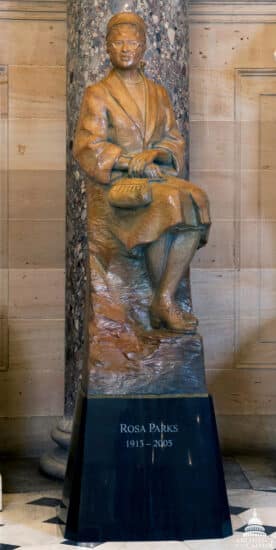
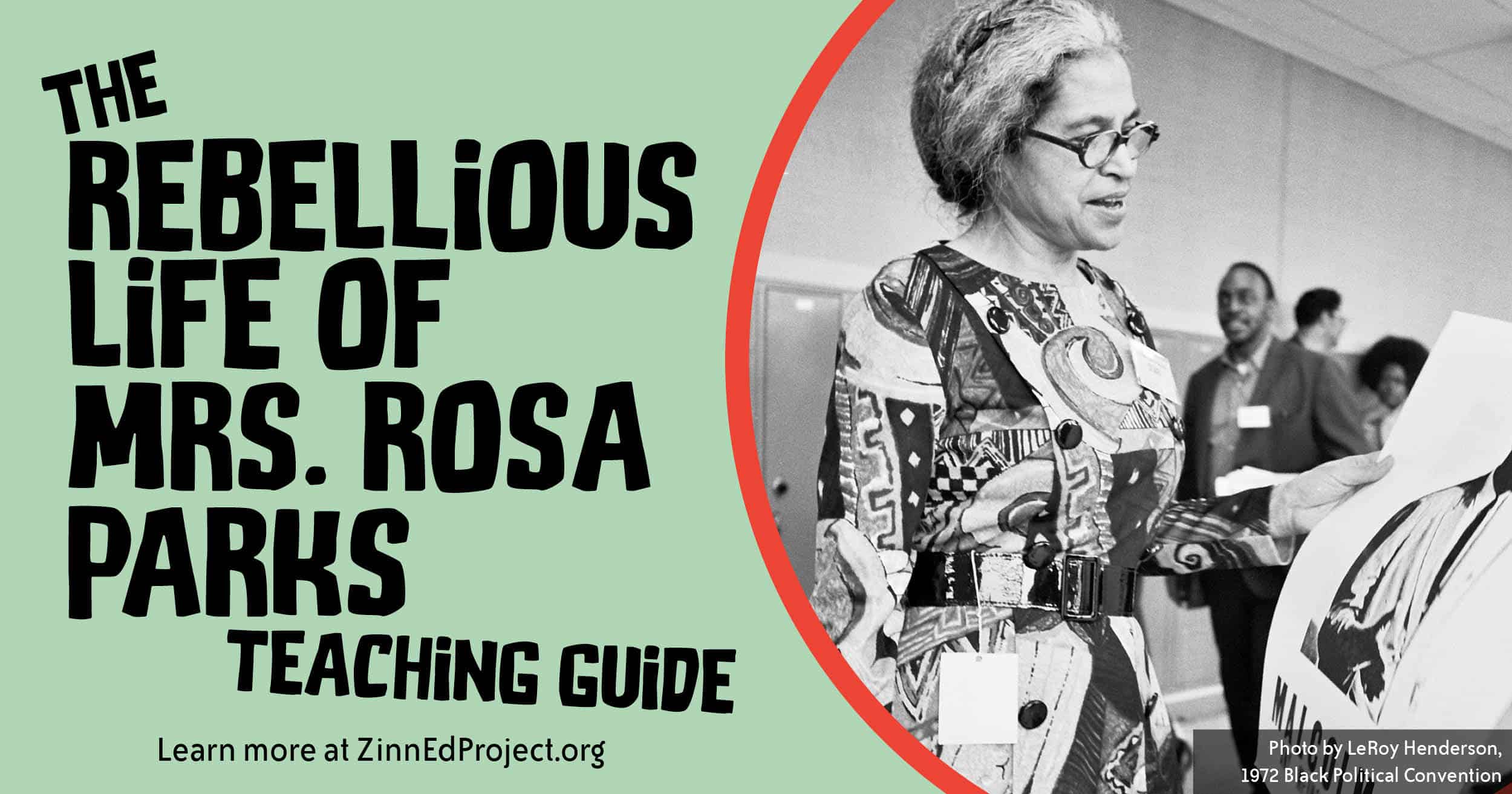
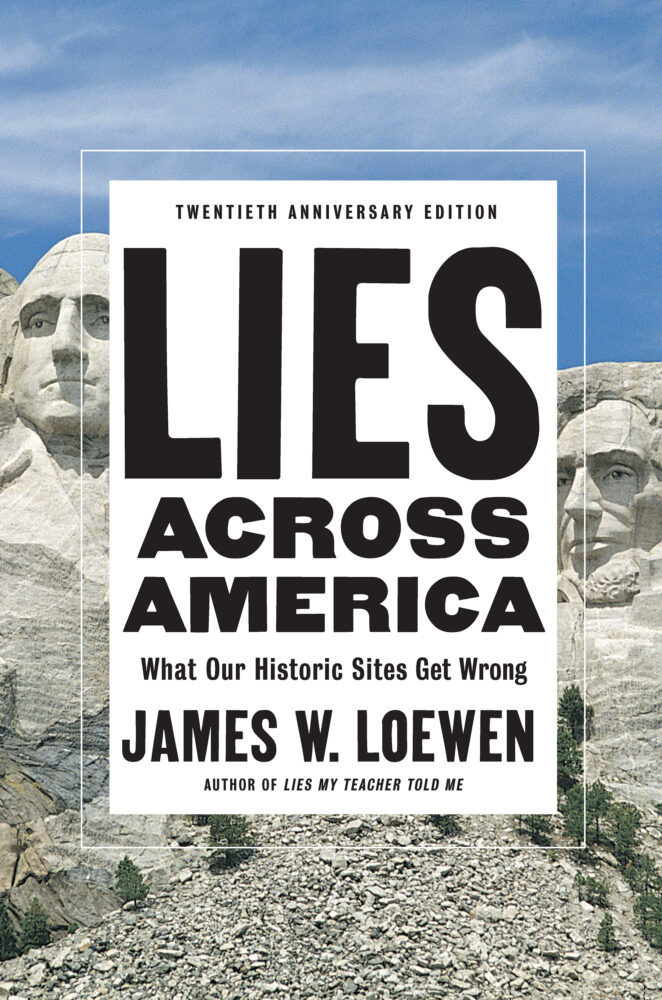
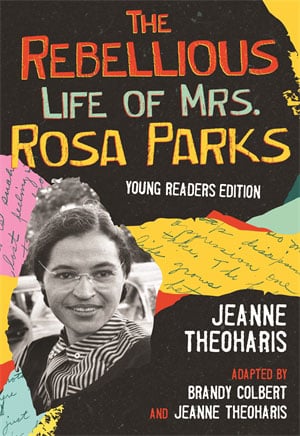
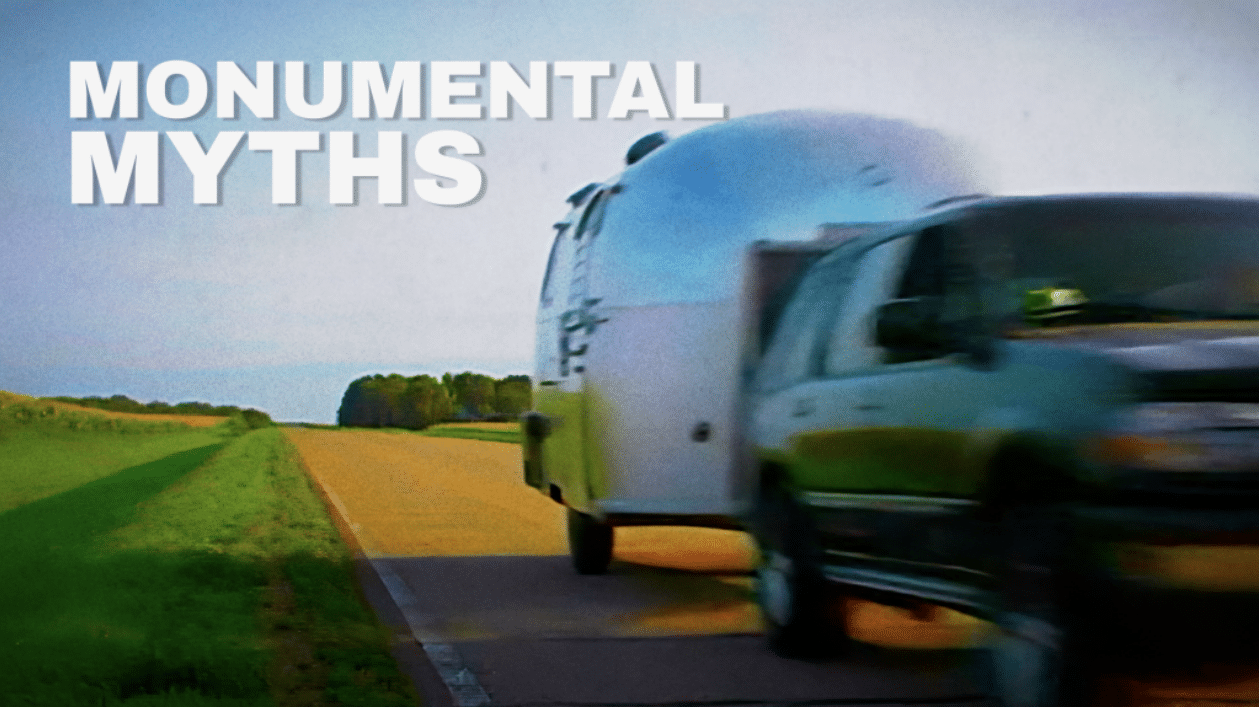
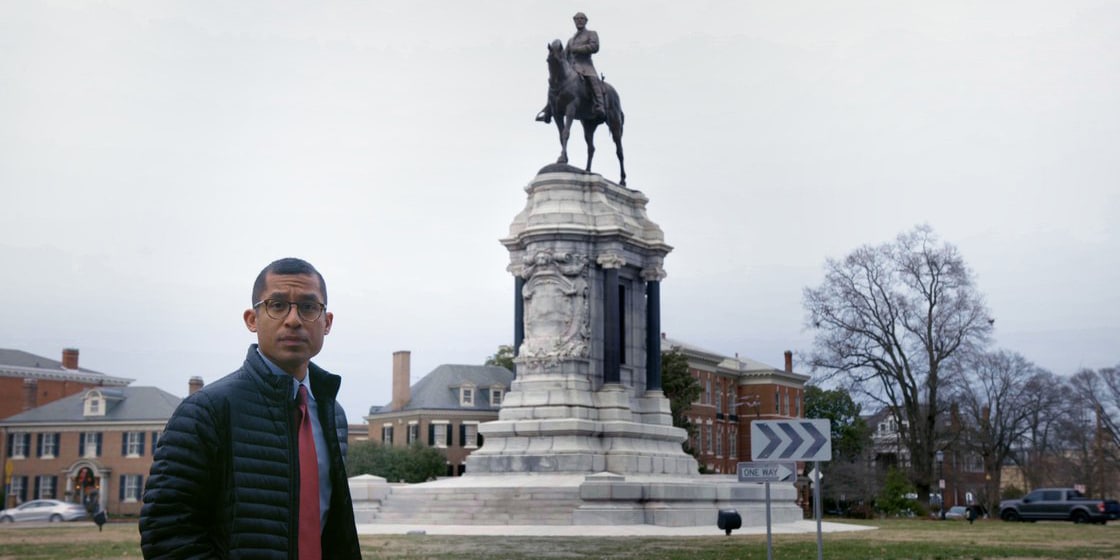







Twitter
Google plus
LinkedIn